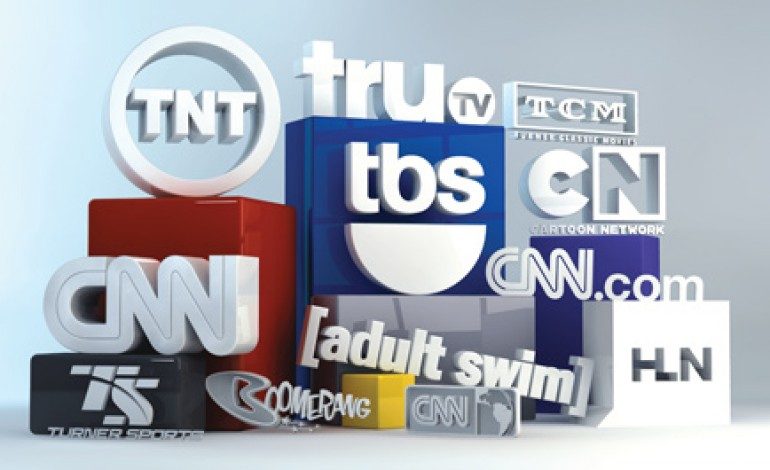

When networks attend the annual upfront presentations their chief goal is usually to make the advertisers feel important and courted; to let companies know that they’ve worked hard all season to come up with the best programming around that will draw the most eyes to a company’s branded ads.
This year Turner TV, a subsidiary of Time Warner, turned the established rhetoric upside down with a consumer-focused approach that seems intended to draw advertisers into a kind of psychological partnership with the network. Turner’s pitch was simple: if advertisers pay more for commercials the network will run fewer of them. That means more consumer impressions per showing, higher consumer satisfaction, and the ability to customize or integrate ad content.
Kevin Reilly, Turner’s chief creative officer, said they refer to the idea as “our new ‘more-show’ format.”
If you have a tough time envisioning branded content you’re not alone; it’s still a catch-all phrase applied to nearly any kind of campaign an advertiser hopes will go viral and create an identity for their product. The 2015 Webby Awards include campaigns like Volvo’s “The Epic Split” that sparked a rash of parodies, and this Friskies “Dear Kitten”campaign created for Buzzfeed.
It’s too early to tell if the strategy will pay off for the company that runs cable channels like TNT, TS, CNN, and TruTV. The pitch was developed well before this year’s upfront meetings, which have experienced a revival not seen since 2011, the last time advertiser’s advance commitments outpaced the previous year. Since then, digital services like Hulu, YouTube, Twitter, and Netflix have been gobbling advertising revenue but Turner is gambling that the standard cable TV format can still provide an experience as streamlined and personal as anywhere.
Speaking to the Wall Street Journal’s Media Mix podcast Turner president David Levy answered questions about the “dissonance” in this year’s upfronts; a spirit of optimism among networks despite declining broadcast ratings and cord-cutting among cable viewers. “Well, listen, this is a supply and demand business and television is still the largest reach vehicle out there in the marketplace. Let’s not forget how many times you can put an ad on the TV and see how many you people you reach in any given moment, versus cumulating reach around some of the digital platforms you’re talking about.”
He also cited TV networks’ increased use of traditionally digital tools for renewed advertiser interest. “I want the reach, but I also want to make sure we can personalize and localize. […] Television is starting to act more like digital. What are we getting? We’re getting the analytics, we’re getting the data, we’re getting the target marketing that made digital very sexy.”
Turner’s marketing materials say they reach 80% of American adults each month across their spectrum of channels, including 70% of millennials. They also claim to be the only media company with growing reach among the millennial demographic, giving them an impact on $4.7 trillion dollars in consumer spending every year. The star power of their combined channels puts buzzy names like Samantha Bee, Conan O’Brien and Kevin Perelra beside more conventional stars like Wolf Blitzer, Ellen Barkin, and Charles Barkley.
Full Frontal with Samantha Bee, the first female-led late-night show, is a critically acclaimed hit on TBS:
Turner’s president of ad sales, Donna Speciale, impressed upon attendees the idea that this change is critical if the network is to capture a younger demographic used to seeing fewer ads while watching video-on-demand. According to Variety she cited Saturday Night’s Live’s recent declaration that they will cut the number of ads next season 30% in favor of branded content and more targeted spots.
Animal Kingdom and Good Behavior, two new dramas scheduled for TNT this fall were the first shows announced that will use the new Turner model. Each will contain 50% fewer ads and ten more minutes of content per episode.
